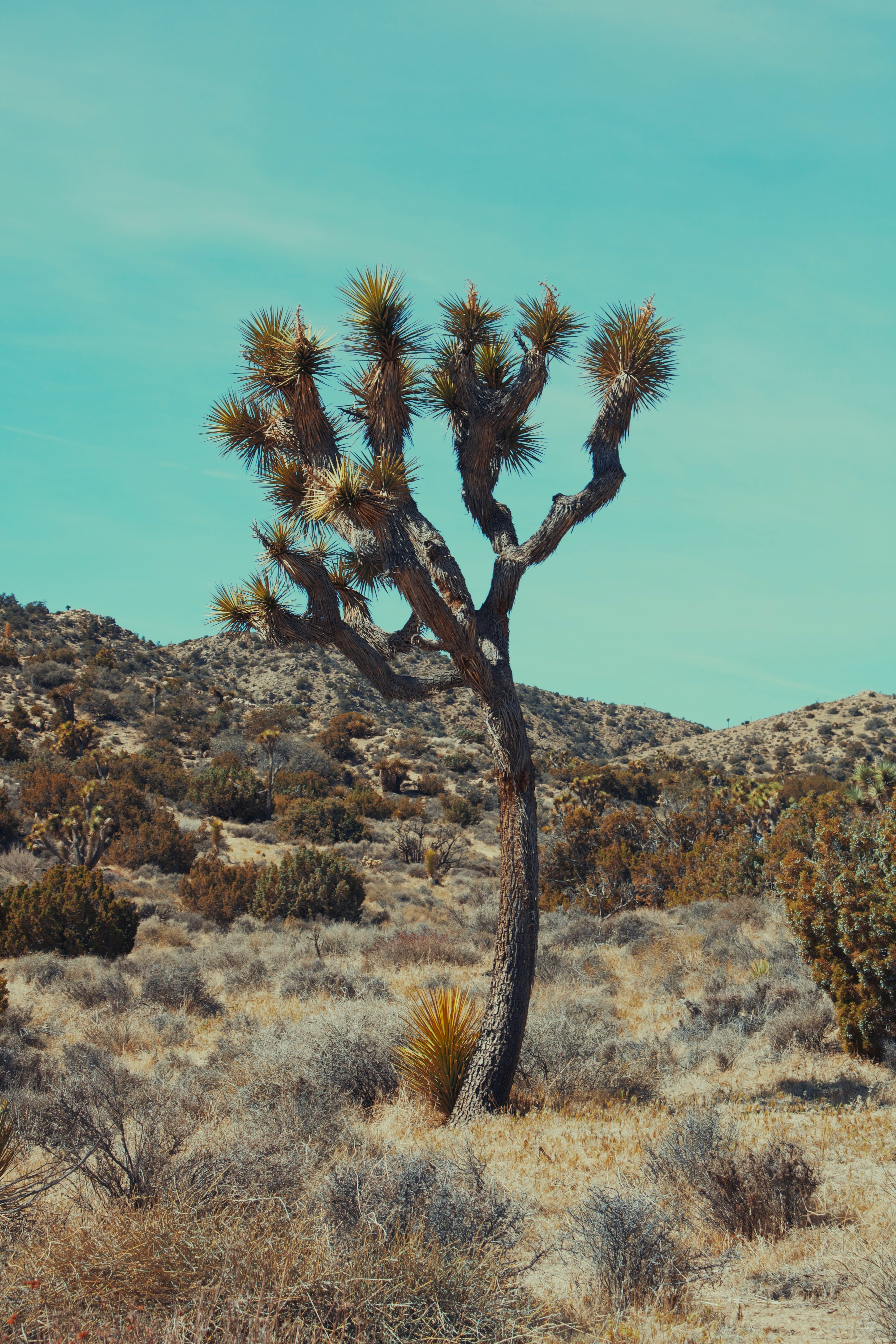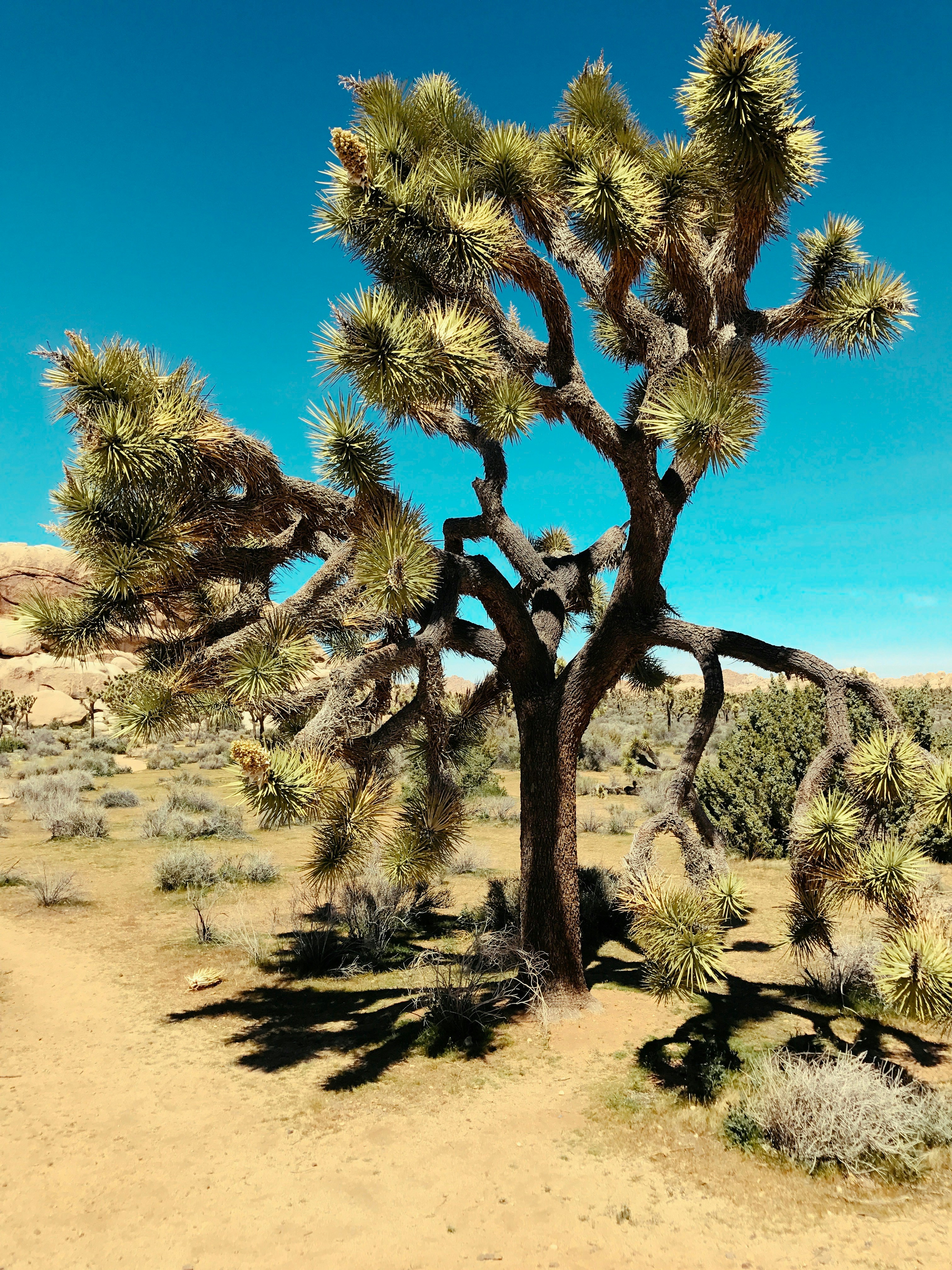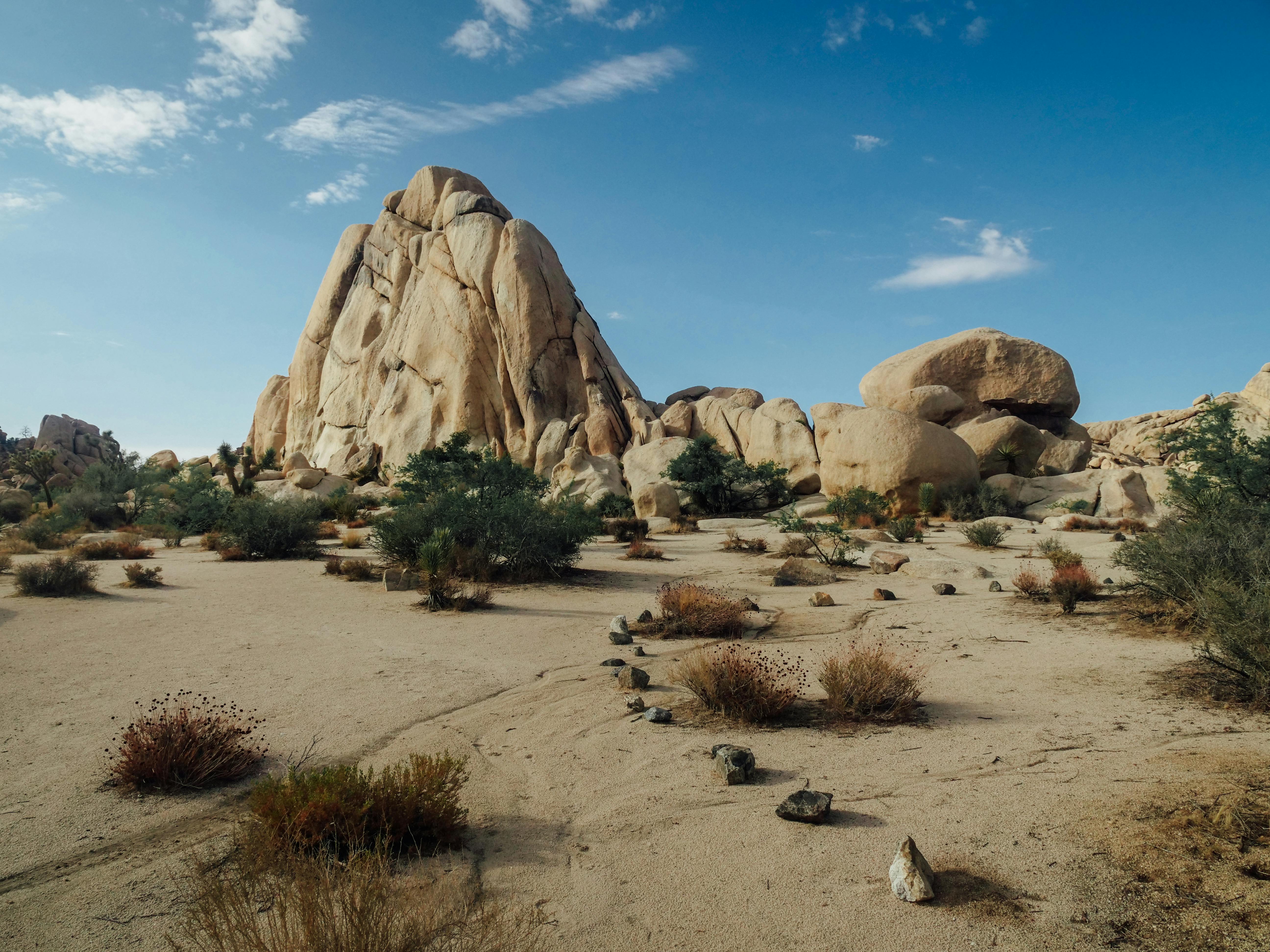Origins of a Mystery: Joshua Trees and Rock Formations
Have you ever wondered about the peculiar beauty of the Joshua Trees and the surreal rock formations that dot the landscape around them? Nestled in the Mojave Desert, Joshua Tree National Park offers one of the most unique desert environments in the world. From the strange, spiky branches of the Joshua trees to the towering rock formations that seem almost otherworldly, this landscape tells a story as old as time—one shaped by geological forces, climate shifts, and the resilience of nature.
Let’s unravel the origins of these natural wonders, exploring both the biological and geological factors that have shaped this iconic desert landscape. Join us as we dive deep into the history of Joshua trees and the ancient rock formations that create such a striking contrast against the desert sky.



The Enigmatic Joshua Tree: A Botanical Marvel
The Joshua tree, scientifically known as Yucca brevifolia, is native to the Mojave Desert and has become an iconic symbol of the American Southwest. These trees are not technically trees at all but are part of the yucca family. With their gnarled branches and sharp, spiky leaves, Joshua trees look more like an alien plant than a typical tree, adding an element of mystery to the desert landscape.
Believed to be named by Mormon settlers, who thought the tree resembled the biblical figure Joshua raising his arms in prayer, these plants have adapted remarkably well to the harsh desert conditions. Joshua trees can grow up to 40 feet tall and live for hundreds of years. Their unusual shape is a result of their slow growth and unique branching structure. Each branch ends in a cluster of spiny leaves, and during the spring, the trees produce large, creamy-white flowers.
But what makes the Joshua tree so unique is not just its appearance—its life cycle is closely tied to the desert’s ecology. The tree relies on a specific species of moth, the yucca moth, for pollination. Without this moth, Joshua trees wouldn’t be able to reproduce, making them a fascinating example of mutualism in nature.

The Geological History of Joshua Tree’s Rock Formations
The dramatic rock formations found in Joshua Tree National Park have a long and complex geological history that dates back millions of years. These formations are primarily composed of granite, a type of igneous rock that formed deep beneath the Earth’s surface. Over time, geological forces, including volcanic activity, faulting, and erosion, have shaped these rocks into the stunning formations we see today.
The process began over 100 million years ago during the Cretaceous period, when molten rock (magma) from the Earth’s mantle pushed up into the crust but cooled before it could reach the surface. As the magma cooled, it solidified into granite. Over the eons, erosion and weathering by wind and water slowly wore away the softer surrounding rock, leaving behind the harder granite formations that now dominate the landscape.
These massive boulders and monoliths are known for their smooth surfaces and round shapes, which were further sculpted by freeze-thaw cycles. During the colder months, water seeps into cracks in the rocks, freezes, and expands, causing the rocks to fracture and break apart. This process, repeated over thousands of years, has created the towering rock piles, arches, and domes that draw rock climbers and hikers from around the world.



The Role of Tectonic Activity
The rock formations in Joshua Tree National Park are also influenced by tectonic activity. The park sits near the San Andreas Fault, one of the most famous fault lines in the world, which separates the Pacific Plate from the North American Plate. Over millions of years, the shifting of these tectonic plates has caused earthquakes, uplifting, and faulting that have shaped the park’s topography.
As the tectonic plates slowly moved, the granite formations were pushed upward, exposed to the surface, and subjected to erosion. This tectonic activity is also responsible for the park’s numerous valleys and basins, which provide stunning vistas of the surrounding desert landscape.

Why Joshua Tree’s Rocks Are a Climber’s Paradise
Joshua Tree National Park is renowned for being one of the top destinations in the world for rock climbers. The unique rock formations provide hundreds of climbing routes of varying difficulty levels. What makes Joshua Tree special for climbers is the quality of the granite. The rock is coarse and offers excellent grip, making it ideal for climbing.
Many climbers are drawn to the park’s famous boulders, which range in size from small to massive. Some of the most popular climbing spots include “The Wonderland of Rocks,” “Hidden Valley,” and “Jumbo Rocks.” The park’s unique combination of accessible climbing routes, stunning desert scenery, and varied terrain make it a true climber’s paradise.
Even if you’re not a climber, the rock formations provide incredible opportunities for exploration. Hiking trails weave through the park, offering up-close views of the towering granite structures and panoramic vistas of the surrounding desert.

How Climate Shaped the Desert Landscape
The Mojave Desert, where Joshua Tree National Park is located, experiences an extreme climate that has played a major role in shaping both the flora and geology of the area. The desert’s hot, dry conditions mean that vegetation is sparse, and the landscape is dominated by open expanses of sand and rock.
Over time, the desert climate has also contributed to the erosion and weathering of the rock formations. Wind and occasional rainstorms wear away at the granite, creating the rounded boulders and sharp cliffs seen throughout the park. The freeze-thaw cycles that occur in the winter months further contribute to the sculpting of the rock formations.
The harsh desert conditions have also influenced the growth patterns of Joshua trees. These plants are highly drought-tolerant and have evolved to survive in areas with minimal rainfall. Their long roots allow them to tap into underground water sources, while their spiny leaves help reduce water loss.



Legends and Myths Surrounding the Joshua Trees and Rocks
The Joshua trees and rock formations of the Mojave Desert have long been the subject of local legends and myths. Native American tribes, including the Cahuilla and Serrano, have inhabited the region for thousands of years and have their own stories about the origins of the desert landscape.
In some Native American stories, the Joshua tree is considered a symbol of protection and guidance, while the rock formations are thought to be sacred places where spirits dwell. The rugged landscape has a spiritual significance for many indigenous peoples, who believe that the rocks hold ancient memories and wisdom.
These legends add to the mystique of Joshua Tree National Park, drawing visitors not just for its natural beauty but for the sense of wonder and mystery that surrounds the area.






The Biodiversity of Joshua Tree National Park
Despite its arid environment, Joshua Tree National Park is home to a surprisingly diverse array of wildlife. The park’s unique ecosystem supports a variety of plant and animal species that have adapted to survive in the harsh desert conditions.
Besides the iconic Joshua tree, the park is home to other desert plants such as creosote bushes, cacti, and cholla. Animal life includes desert tortoises, bighorn sheep, jackrabbits, and various species of lizards and snakes. Birds are also abundant, with species like the red-tailed hawk, roadrunner, and cactus wren frequently spotted throughout the park.
The biodiversity of Joshua Tree National Park is a testament to the resilience of life in the desert. Despite the extreme temperatures and lack of water, the park’s flora and fauna have evolved to thrive in one of the harshest environments on Earth.
Exploring Hidden Valleys and Secret Caves
While the towering rock formations and wide-open desert vistas of Joshua Tree are the main attractions, the park is also full of hidden gems waiting to be discovered. Secret caves, secluded valleys, and lesser-known hiking trails offer a more intimate experience of the desert landscape.
One of the most famous hidden spots in the park is “Hidden Valley,” a secluded area surrounded by massive rock formations. According to legend, cattle rustlers used Hidden Valley to hide stolen livestock. Today, it’s a popular spot for hikers and climbers who want to explore the unique rock formations up close.
Other hidden gems include the many small caves and rock shelters that can be found throughout the park. These caves provide a cool respite from the desert heat and offer a glimpse into the geological processes that have shaped the landscape.







Conservation Efforts to Protect Joshua Tree
In recent years, there has been growing concern about the impact of climate change on Joshua Tree National Park. Rising temperatures and prolonged droughts pose a threat to the park’s delicate ecosystem, particularly the Joshua trees themselves. Some scientists predict that without intervention, the Joshua trees could disappear from the park within the next century.
To combat these threats, conservation efforts are underway to protect the park’s unique flora and fauna. This includes habitat restoration projects, efforts to reduce human impact on the park, and research into how the Joshua trees can adapt to changing climate conditions.
Joshua Tree National Park remains a place of intrigue, beauty, and natural wonder. The origins of the Joshua trees and rock formations continue to captivate visitors from around the world, and the landscape offers a unique combination of biological diversity, geological history, and spiritual significance. Whether you’re a hiker, rock climber, or simply a lover of nature, the park offers endless opportunities to connect with the mysteries of the desert.









